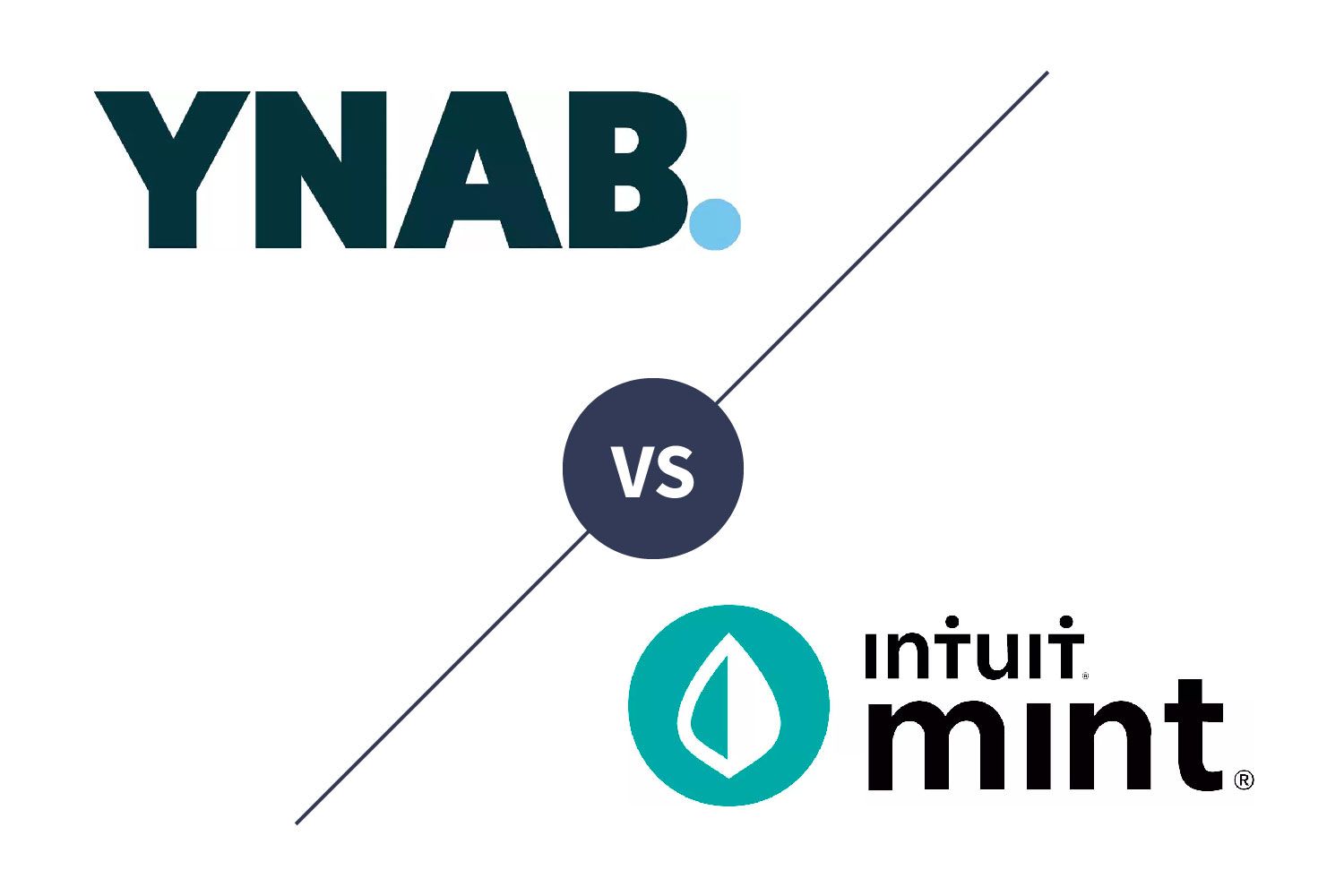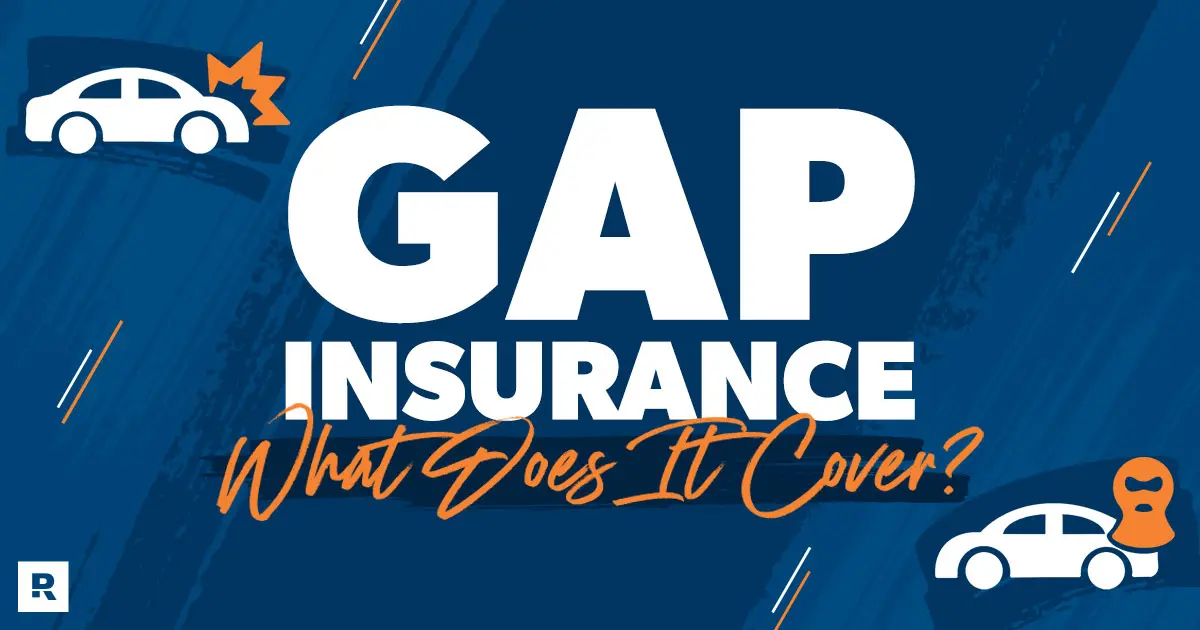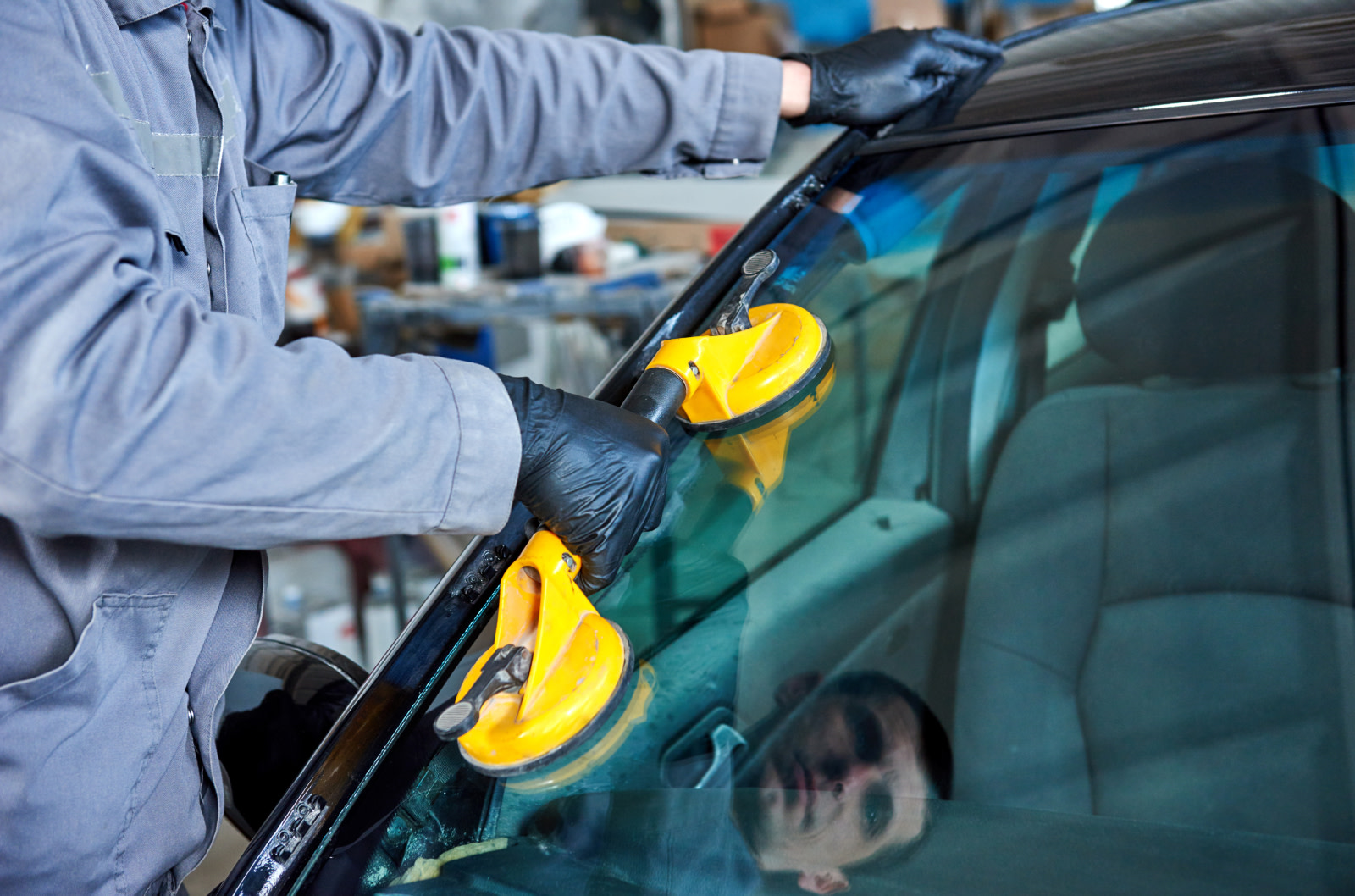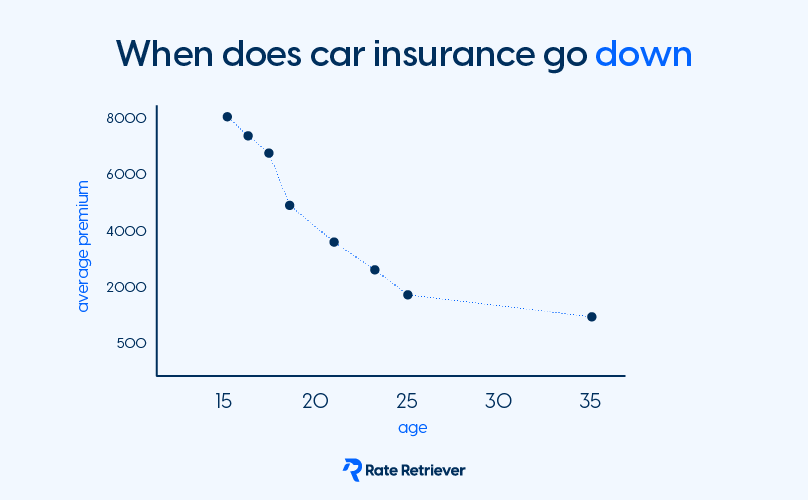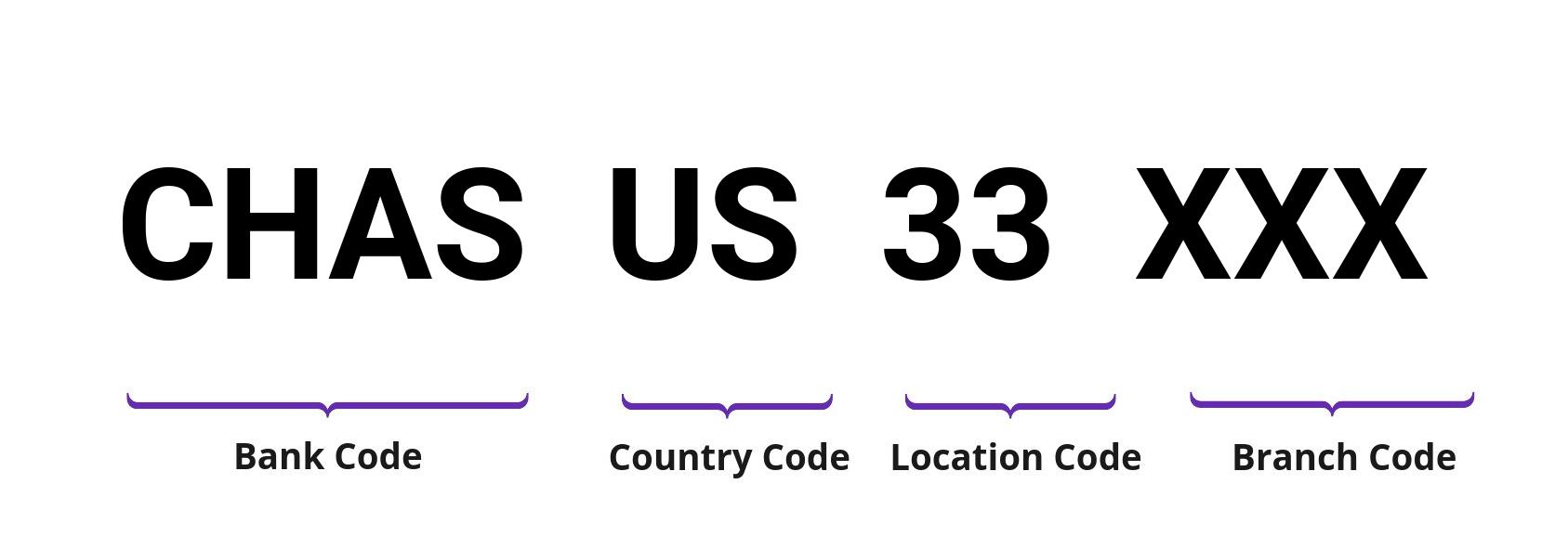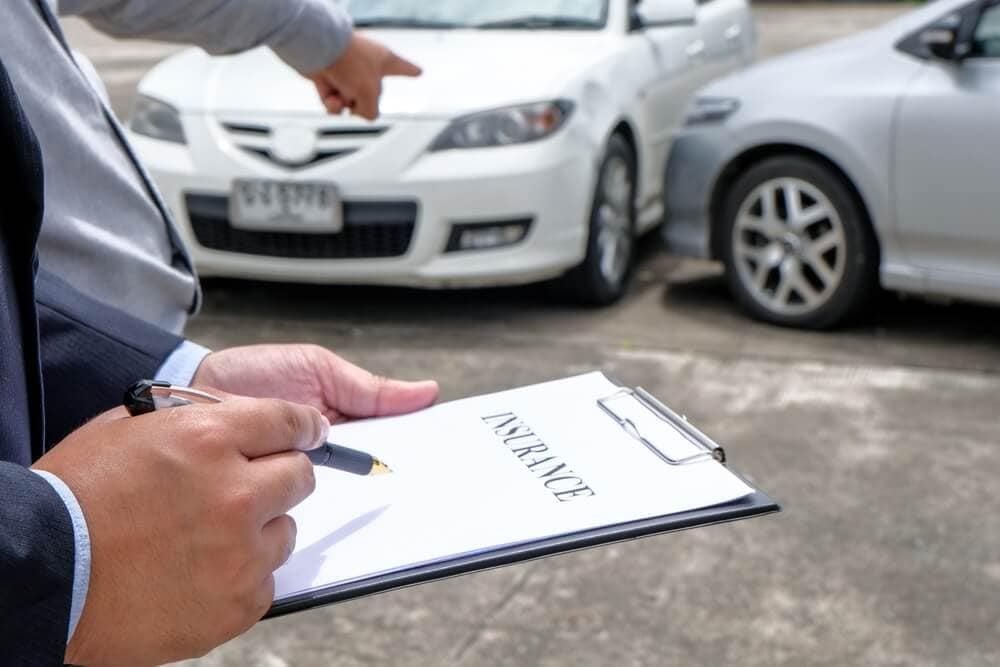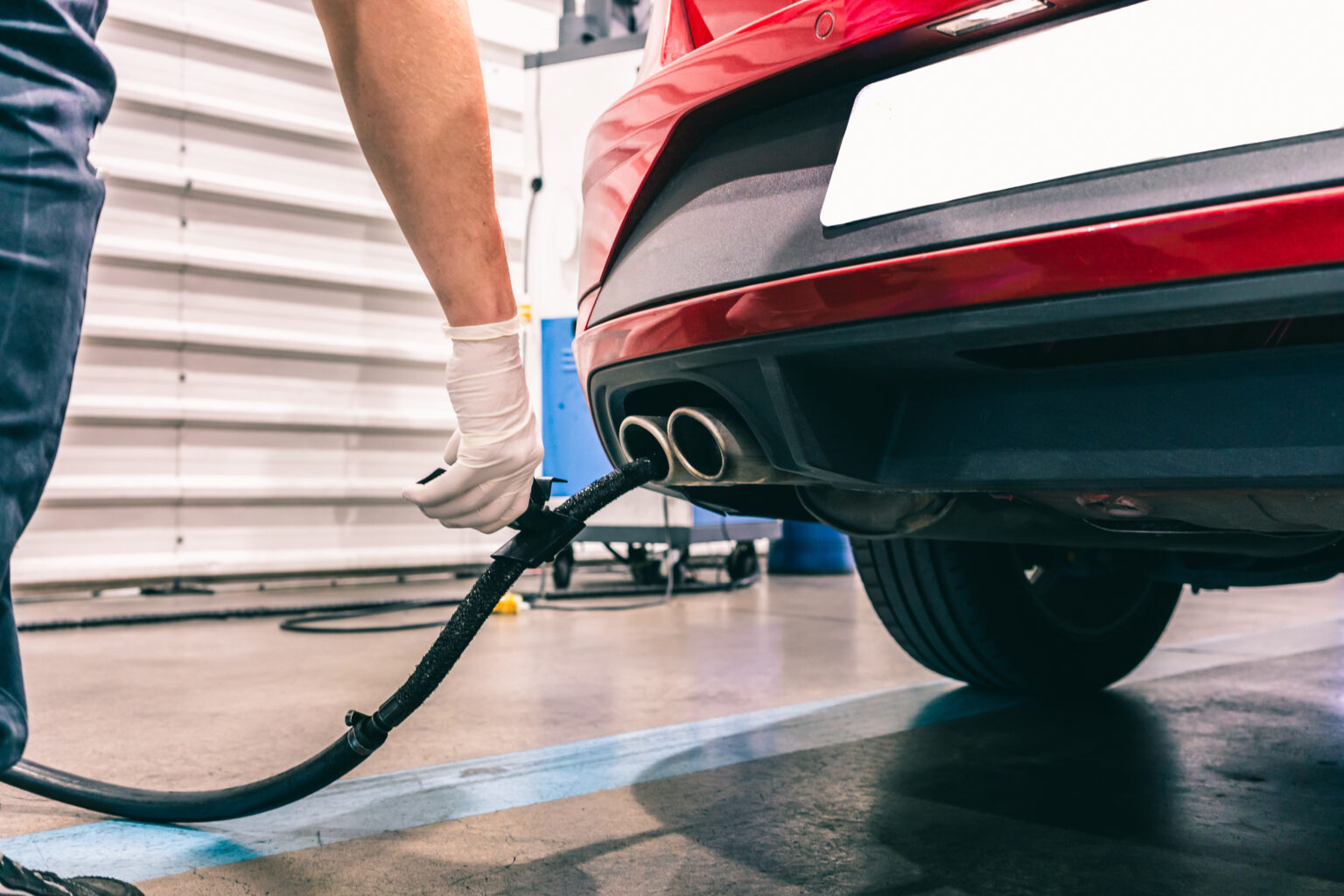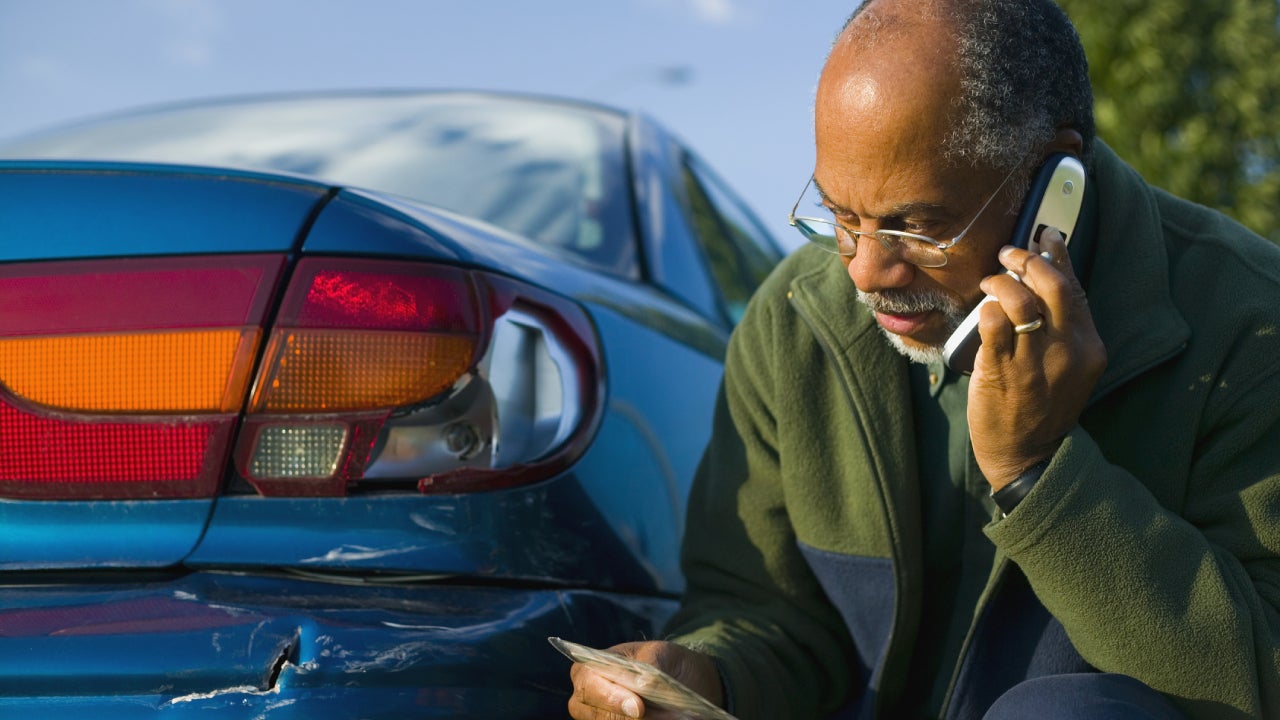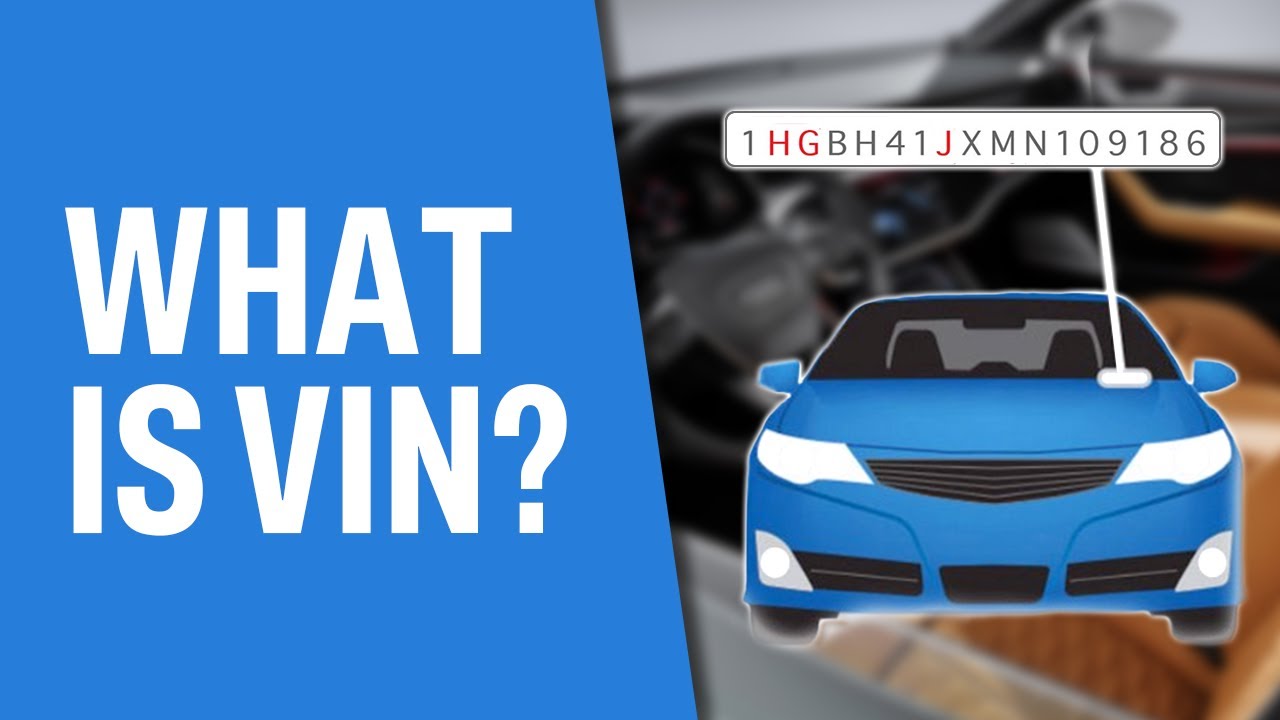If you’ve just bought—or are considering buying—a vintage beauty, you’ll want to make sure it’s the real deal. One of the best ways to do that is by running a classic car VIN check. Unlike modern cars, where running a VIN is straightforward, classic cars can be a little tricky. That’s because VINs weren’t standardized in the U.S. until 1981, which means you’ll need a bit of detective work to uncover your classic’s history.
Let’s break down exactly how to find and use a classic car VIN, what to do with it, and where to look for reliable information.
Why a Classic Car VIN Check Matters
Classic cars aren’t just vehicles—they’re investments, passion projects, and pieces of history. Unfortunately, that also means fakes and “Frankenstein” builds (where parts from different cars are pieced together) are pretty common.
By running a VIN check, you can:
- Verify authenticity
- Confirm ownership history
- Spot red flags like theft records or mileage fraud
- Understand where and when your car was manufactured
It’s not just about peace of mind—it’s about protecting your wallet, too.
Where to Find the VIN on a Classic Car
Here’s where you’ll most likely find the VIN or other unique identifiers on your classic ride:
- Dashboard – near the windshield on the driver’s side (sometimes visible from the outside)
- Driver’s side wheel well
- Under the steering column
- On the firewall
- Driver’s door edge or doorjamb sticker
- Driver’s door hinge post
- Frame rail (driver or passenger side)
- Engine block (keep in mind engines may have been swapped over time)
🔎 Pro tip: Don’t stop with the VIN. Classic cars often have trim tags, engine codes, or axle stampings that can help you verify originality.
Check the Paperwork Too
Sometimes the best clues aren’t on the car—they’re on the documents. Look for VINs or serial numbers on:
- Title documents
- Registration paperwork
- Insurance policies
- Bills of sale
- Maintenance and repair records
Always cross-check these documents with the numbers stamped on the car. If they don’t match, that’s a red flag.
The Problem with Older VINs
Here’s where things get tricky:
- Before 1981 – VINs weren’t standardized. Each manufacturer had its own system.
- Mid-1950s and earlier – Cars didn’t even have proper VINs. Instead, they often had serial numbers stamped on engines or major parts.
This means two cars could technically share the same identifier. That’s why a classic car VIN check takes more digging than a modern one.
What to Do with a Classic Car VIN
Once you’ve got the VIN, it’s time to put it to work. Use these online services to decode and research your classic:
- Hagerty Valuation Tools – Great for checking market value and production details
- Hemmings – A go-to marketplace and resource for classic cars
- NICB VIN Check – Free tool from the National Insurance Crime Bureau to spot theft or salvage history
These tools can help you uncover details like:
- Year, make, and model
- Engine and transmission type
- Original manufacturing plant
- Title and ownership history
- Any accident or damage reports
Digging Deeper: Researching Classic Car History
A VIN check is just the beginning. To get the full story, try:
- Government databases – National Motor Vehicle Title Information System (NMVTIS) is a reliable source for title and brand history.
- State DMV/BMV offices – Some state-level offices provide more in-depth vehicle history services.
- Car clubs – National and local clubs (like the Classic Car Club of America) are goldmines for tips, history, and stories.
- Car shows – Chatting with enthusiasts and experts often leads to surprising discoveries.
- Previous owners – If possible, contact past owners (or their families) to learn about how the car was used, maintained, and loved.
📚 For much older vehicles, Hagerty recommends checking out the Standard Catalog of American Cars—a respected reference for classic car researchers.
Does a VIN Report Affect Classic Car Insurance?
Good news: a VIN history report won’t directly change your insurance rates. However, insurance providers do view verified cars more favorably. If you can prove your classic is authentic and well-documented, that can help establish its collector value.
For insurance tailored to vintage and collectible cars, check out Hagerty Classic Car Insurance or Progressive Classic Car Coverage.
Final Thoughts
A classic car VIN check isn’t just a box to tick—it’s a vital step in protecting your investment and understanding your car’s story. From dashboards to dusty titles in the glovebox, every clue matters.
Do your homework, use trusted online tools, and don’t hesitate to connect with classic car communities. The more you know about your vehicle’s past, the better you can appreciate—and protect—its future.
